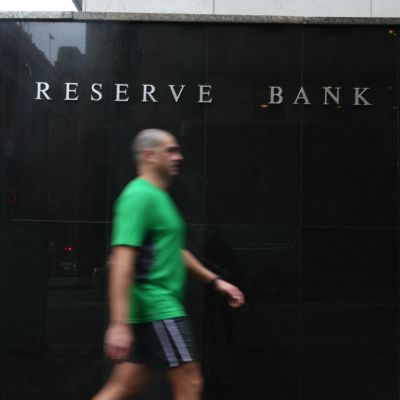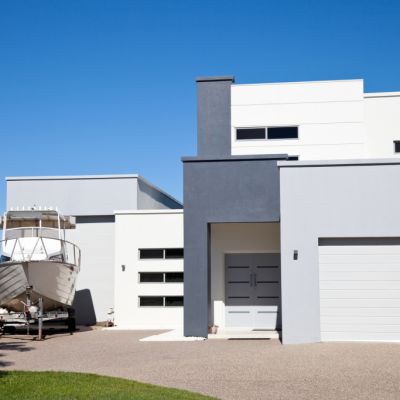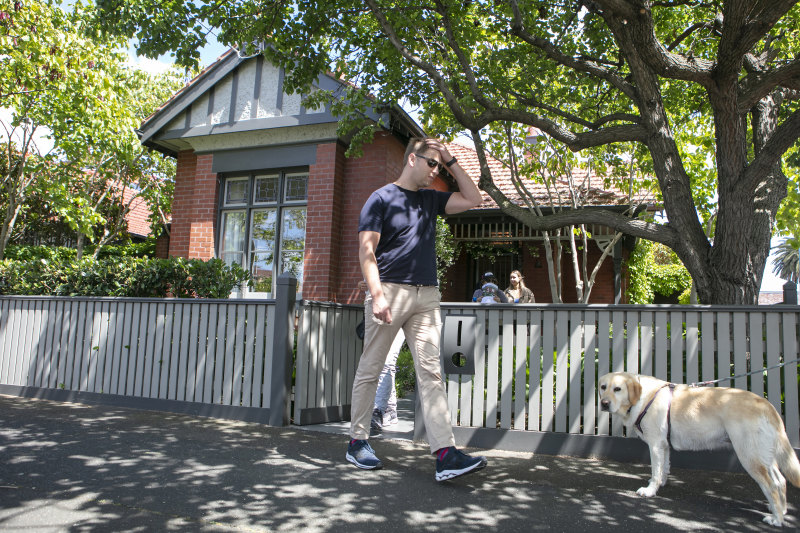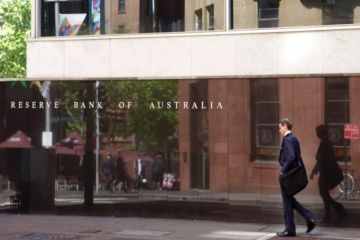Are fixed-rate home loan deals below 2 per cent too good to be true?
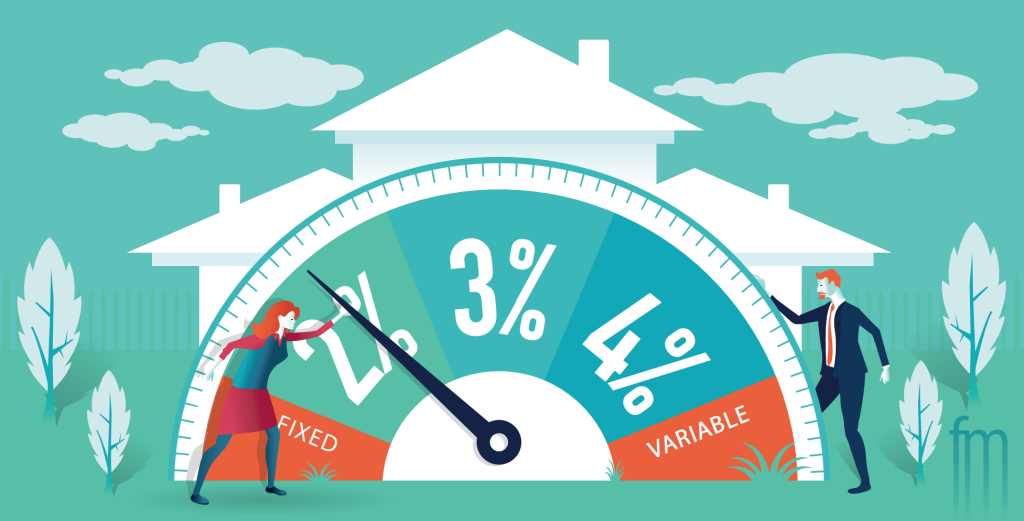
The big banks have offered borrowers some of the most attractive home loan deals ever, with home owners able to fix their rates below 2 per cent for four years.
Experts say it could be a once-in-a-lifetime chance to lock in record low rates.
“I’ve never seen a better time where it makes more sense to fix a large chunk of your debt than right now,” says Property Planning Australia managing director David Johnston. “We may never see fixed rates this low again.”
The RBA’s recent cash rate cut and bond buying program has caused the difference between fixed and variable rates to grow.
The average two-year fixed interest rate is 2.3 per cent, while the average variable rate is 3.33 per cent, according to Canstar.
But before diving in, borrowers first need to understand the limitations of fixed-rate loans.
One of the trade-offs of fixed rates is reduced flexibility to make extra repayments, says Canstar’s Steve Mickenbecker.
“A lot of fixed rate loans don’t have an offset, and a lot of them don’t have redraw,” he says. “If you inherit $50,000, you might not be able to reduce your loan by that much.”
Borrowers can opt to fix a portion of their loan, and leave the rest variable. Often referred to as a split loan, this allows borrowers to plan for changes to their circumstances to allow extra repayments, Johnston says.
“The really important thing to do is to make sure your variable rate for those three or four years covers the amount you think you would be able to save and repay, plus some buffer,” he says. “You need to select the amount you keep variable really carefully with room to move based on your income growing.”
It’s worth remembering that not everyone will qualify for a fixed rate loan below 2 per cent, says PRDnationwide chief economist Diaswati Mardiasmo.
“[Lenders] are becoming a bit more stringent in that they are really looking into your spending patterns and your lifestyle,” she says.
Borrowers considering refinancing to a low fixed-rate loan should ensure the savings gained are put to good use, rather than simply spent.
“It can be too good to be true if you’re not managing it smartly and looking at your situation from a holistic point of view,” Mardiasmo says.
What if rates drop further?
It’s possible that the RBA’s record low cash rate isn’t quite at rock bottom, according to Mickenbecker.
“Rates could go lower, there’s no question,” he says. “This is a great rate environment to be fixing, provided you are aware it could go down further, and you’re not somebody who will get interest rate envy.”
If home owners opt to fix and face changing circumstances, the possibility of further rate cuts could create risks, according to Johnston.
“If the economy doesn’t recover and actually gets worse, and we have to go more into quantitative easing and negative rates, if you need to sell or refinance, there’s exit costs,” he says.
Banks borrow funds for fixed rate loans from financial markets and if a borrower repays a fixed loan early, the lender’s original loan term remains the same. Banks will therefore charge what’s known as a break cost or economic cost to borrowers who repay a loan early, even when selling.
“The economic cost basically compensates the bank for not being able to put another loan out,” Mickenbecker says.
If funding costs fall during the fixed term, break costs can be significant. The more interest rates fall, the higher break costs will be.
Fortunately for fixers, rates aren’t expected to fall much more. “The risk is nowhere near as high now as it would be if you were fixing at a higher rate,” Mickenbecker says.
So who shouldn’t be fixing? “Anyone who is for whatever reason uncertain, whether it’s in your own job or your own industry or your partner’s job or industry, or if there are any potential health issues in your family,” Mardiasmo says.
“When you’re taking on something that is fixed you want to be certain that your situation is as fixed as possible.”
We thought you might like
States
Capital Cities
Capital Cities - Rentals
Popular Areas
Allhomes
More
